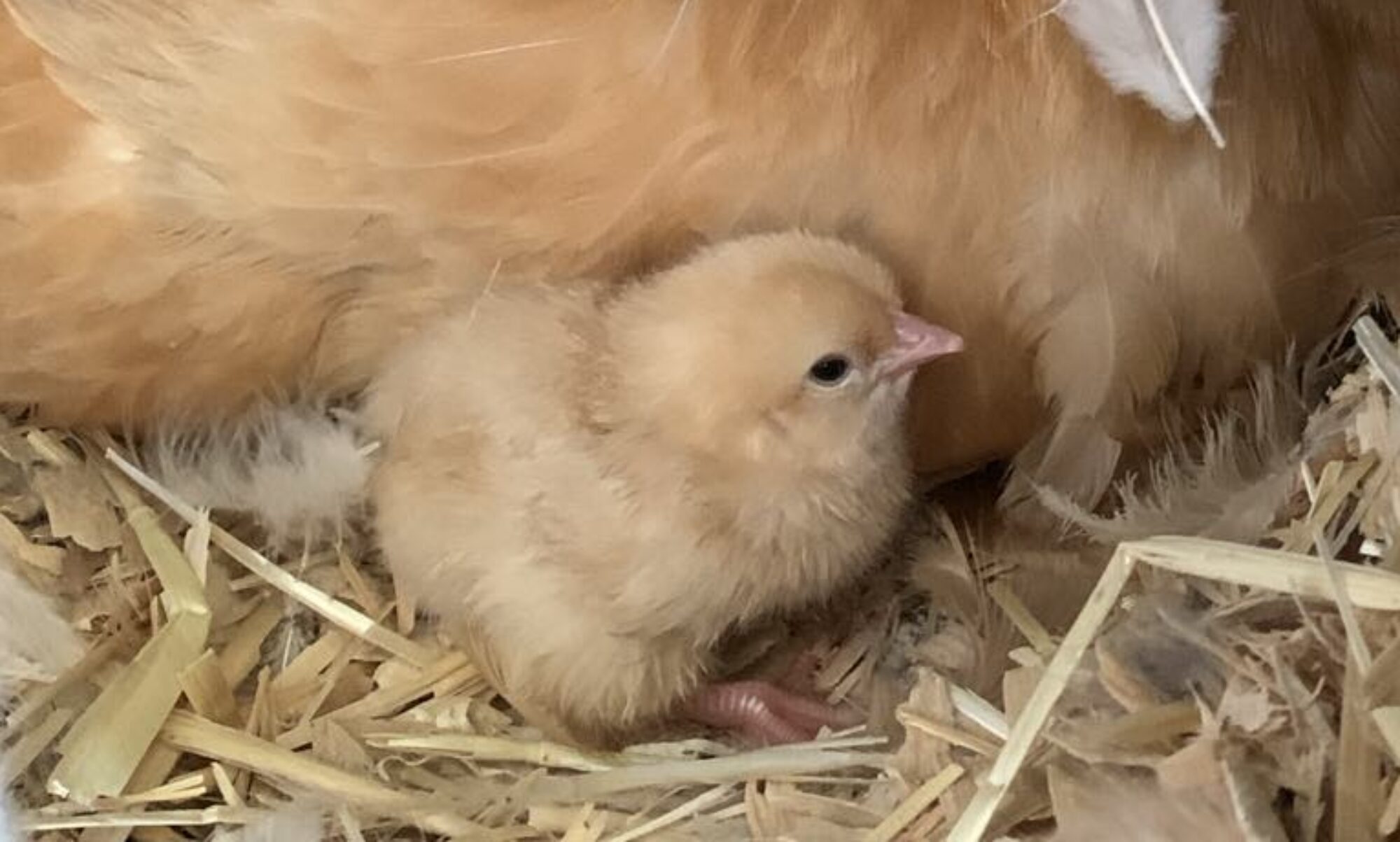Along with my regular in-the-ground garden, I also include some container gardens. There are many reasons to include containers in your gardening efforts. They allow you to grow plants in small urban areas where an in-ground garden is not possible. There is less chance for spreading disease. Some plants that spread quickly, do well in containers where they can be controlled, like mint. They can be less labor intensive, there are generally not as many weeds in container gardening, and they conserve water. Containers can also be moved about if you want to change locations, and often the soil in a container garden can be worked before in-ground gardens. I’m sure you can think of other reasons that a container garden could work for you.
I have many container gardens and some are larger than others. I have two containers in my chicken run where I plant herbs, which the chickens keep beautifully trimmed for me. I have another herb garden in an old metal water trough and I have several large containers lining the edge of my in-ground garden fence. You can grow almost anything in a container: vegetables, flowers, herbs, and even trees and bushes. I happen to grow mostly vegetables, chicken friendly flowers and herbs.

I like to start some lettuce plants at the end of February, first part of March. By this time, I can easily work the soil in my container gardens, and lettuce is a cold hardy vegetable, able to withstand some cooler temperatures. I make sure that I rotate the crops that I plant in my containers, not planting the same thing in the same container year after year. The container that I am planting my lettuce in this year, had nasturtiums in it last year. Peas are also a cold hardy vegetable that do well in a container. For plants and vegetables that are not as tolerant of cold weather, you can prepare your containers and wait to plant until weather permits.

To prepare my soil, I first mix up the soil that sat in the container over the winter. I then add to this soil equal parts compost from my compost pile, bunny poop fertilizer from my rabbits and some commercial potting soil mix. Usually in October I purchase some potting soil on clearance, making sure it contains either perlite or vermiculite, which aid in water retention and help to keep the soil loose. Don’t be tempted to go out into your garden and fill your container with garden dirt. That won’t work very well. If you are starting with a fresh container, fill with equal parts of whatever you have: compost, bunny poop, aged chicken poop, potting soil with perlite or vermiculite. If you only have compost, use compost. If you only have potting soil, use potting soil. Some will recommend that before you add dirt, line the bottom of your container with about an inch of gravel to help with water drainage. I don’t do this, and it has not been a problem for me. I do have holes in the bottom of my containers to allow for adequate drainage. In fact, some of my containers are actually lengths of pipe that don’t have any bottom at all!

I mix all these together thoroughly. The soil should be loose and easy to work with.

Even if all the matter in your compost pile has not completely decomposed, you can still use it. It will continue to break down and provide nutrients to your container garden.

With my soil level a couple of inches below the top edge of my container, I’m ready to plant. I sprinkle my seeds evenly over the entire surface, then pat them firmly into the soil and apply a thin layer of soil on top, just to make sure my seeds don’t blow away.

With my soil level a couple of inches below the top edge of my container, I’m ready to plant. I sprinkle my seeds evenly over the entire surface, then pat them firmly into the soil and apply a thin layer of soil on top, just to make sure my seeds don’t blow away.
Since I also have free-range chickens that have access to some of my containers, I will put a shield over the top to keep the chickens from playing in the dirt, and to protect the seeds and young plants, until they are big enough that the chickens can’t harm them.

Container gardening doesn’t need to be difficult or expensive. They can be your main garden source, or an extension of your in-ground garden. They can be decorative, or purposeful. Look around and see what you have available to use for your container garden: barrels, buckets, tubs, pots, troughs, wheelbarrows, wooden planters, etc. Your container should have some holes in the bottom to allow for adequate drainage. If your container does not have any holes, use a drill and add plenty of small holes, so that water will drain out, but you won’t lose a lot of soil. Adapt your soil to whatever you are planting. For example, if you plant root crops (beets, carrots, parsnips) in a container, add some sand to your soil to keep it loose. Think about which plants will work good together, sharing space in the same container. You might plant a climbing cucumber in with your root crop. I generally plant radishes and green onions in with my lettuce. Finally, make sure your container garden gets plenty of sunlight, 5 to 8 hours a day, and adequate water and ventilation. Don’t let the soil dry out. If you see your plants looking a little droopy, give them a drink. Experiment a little, be creative and enjoy your container garden.

